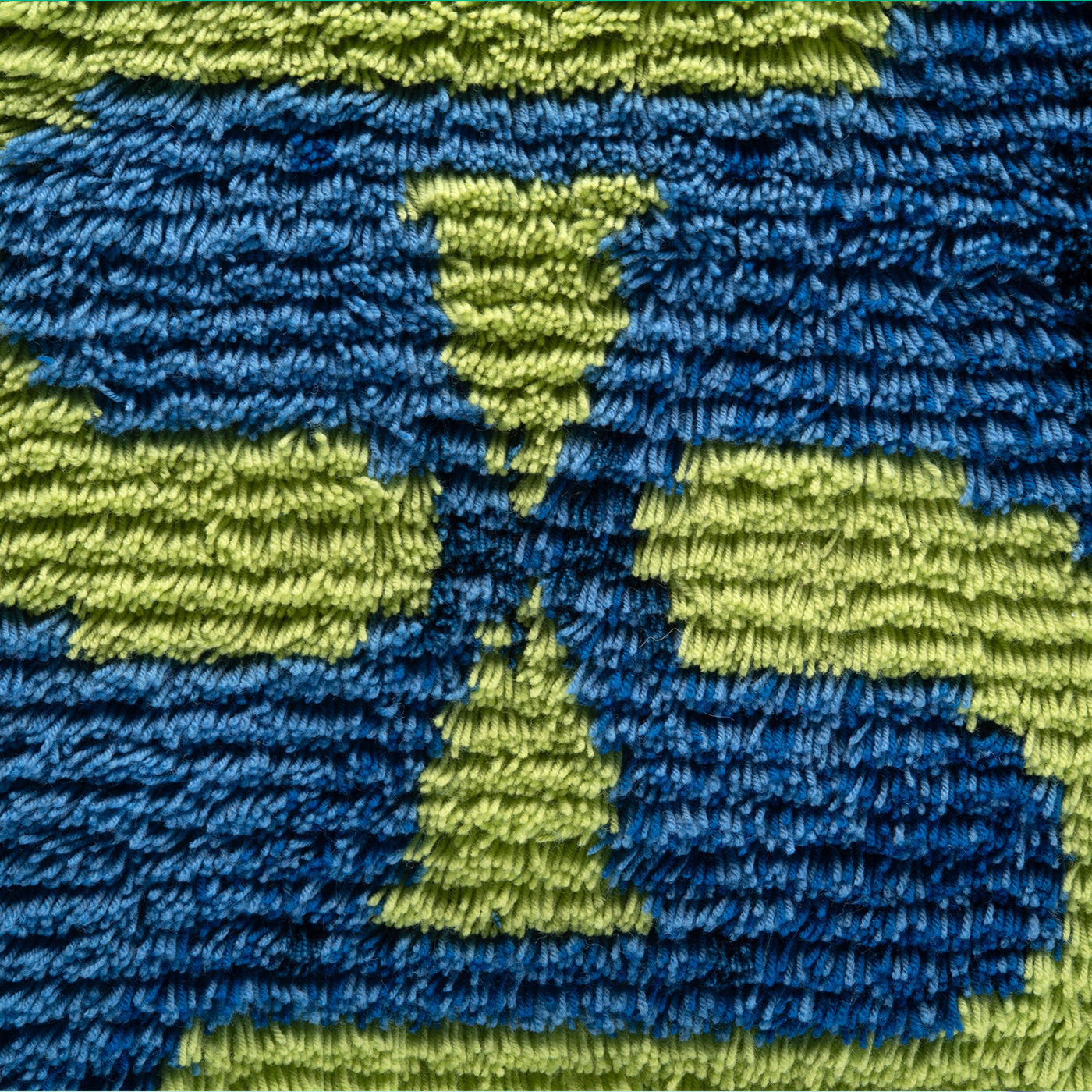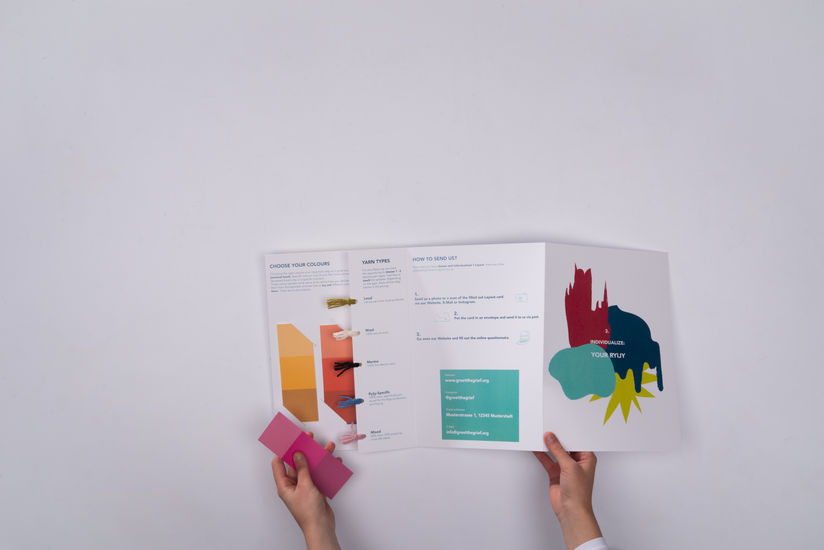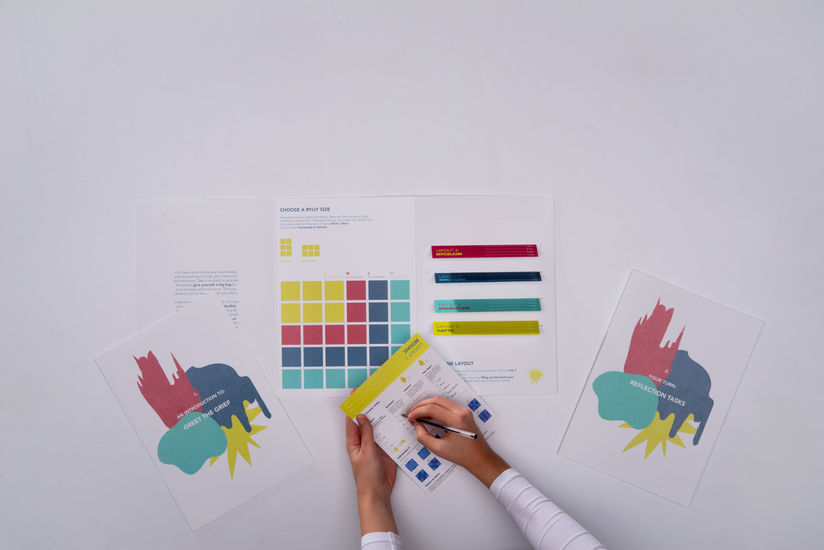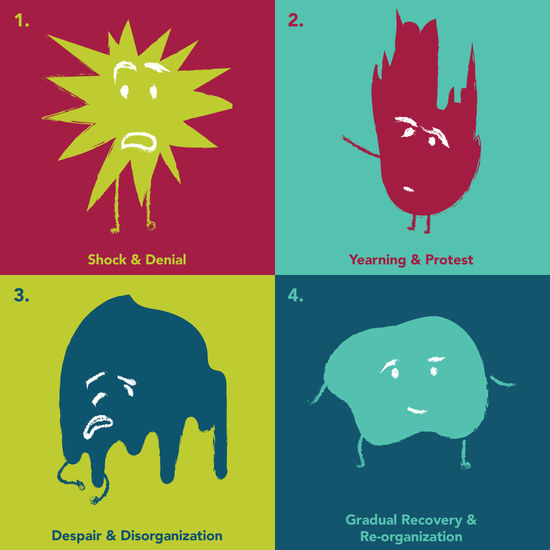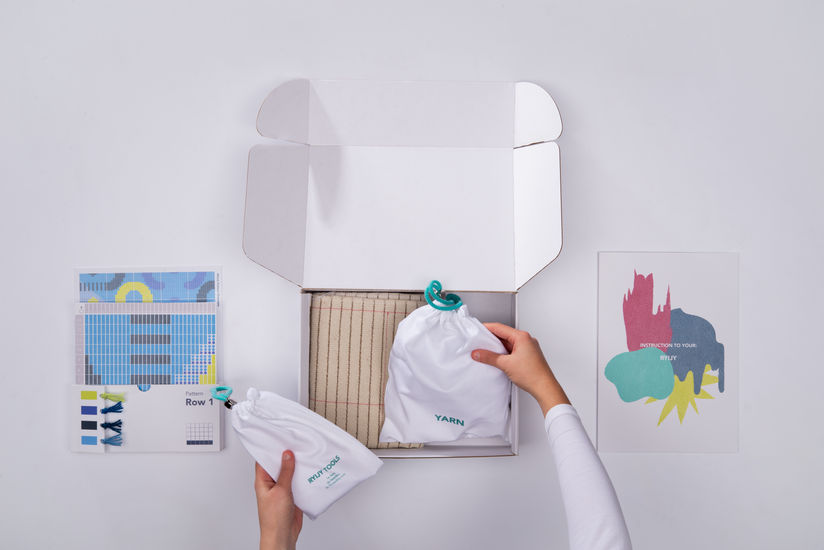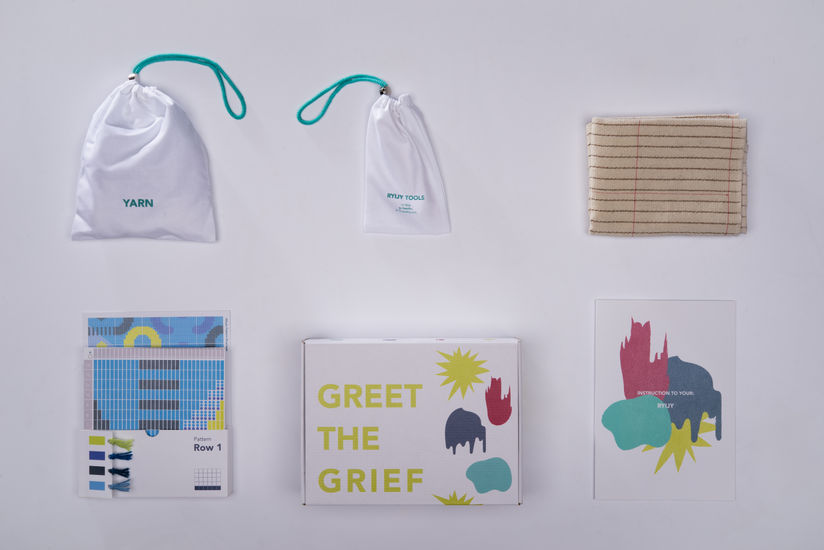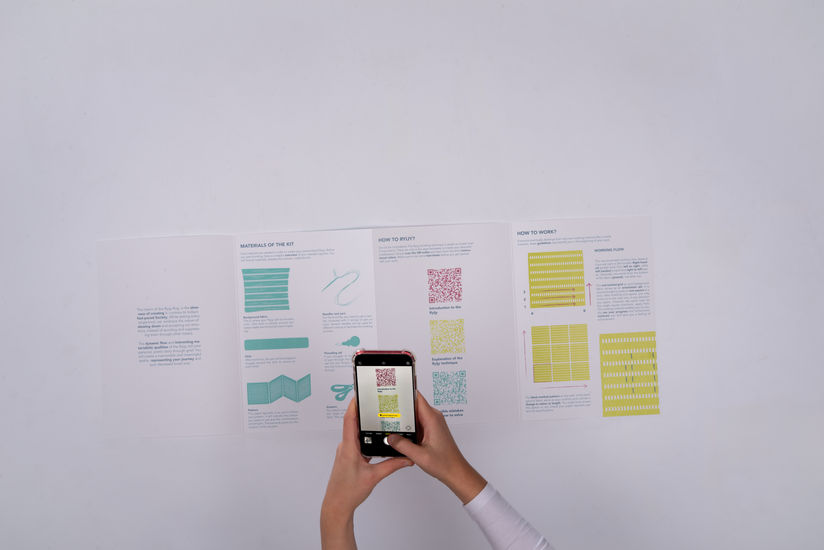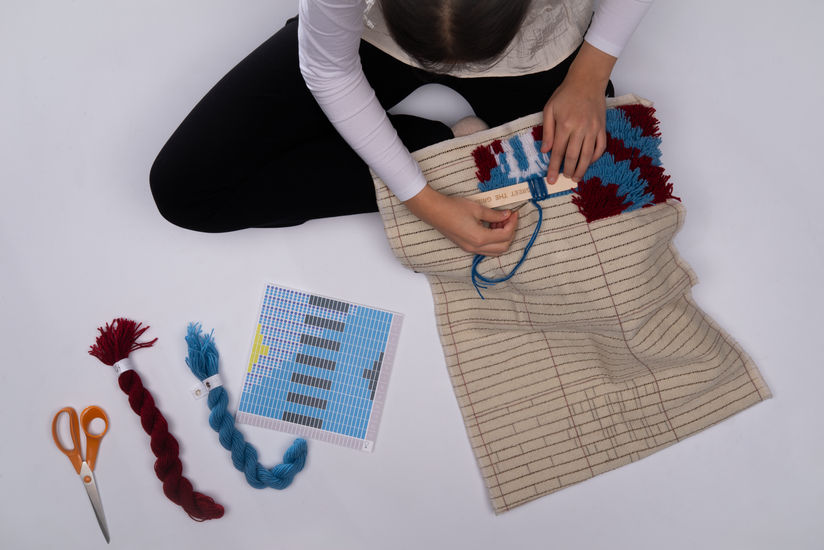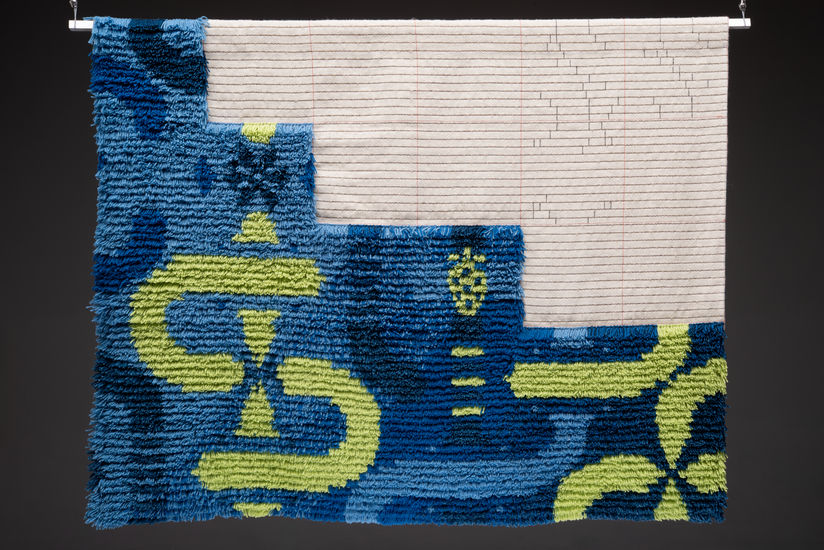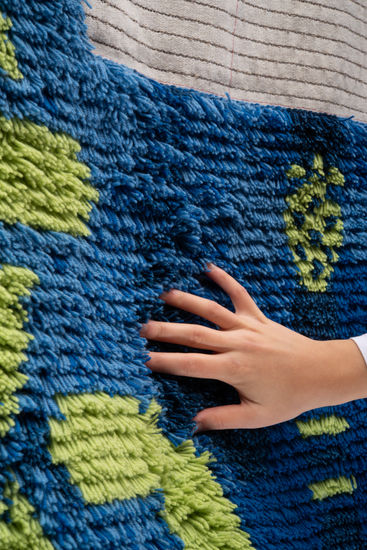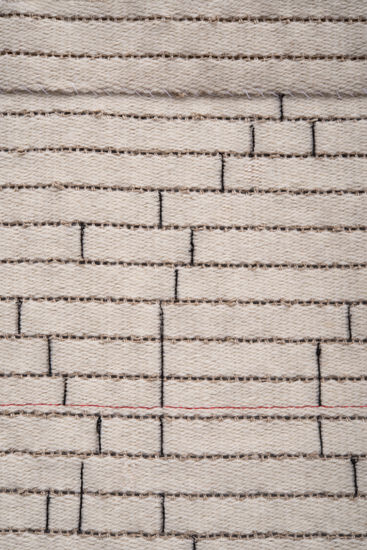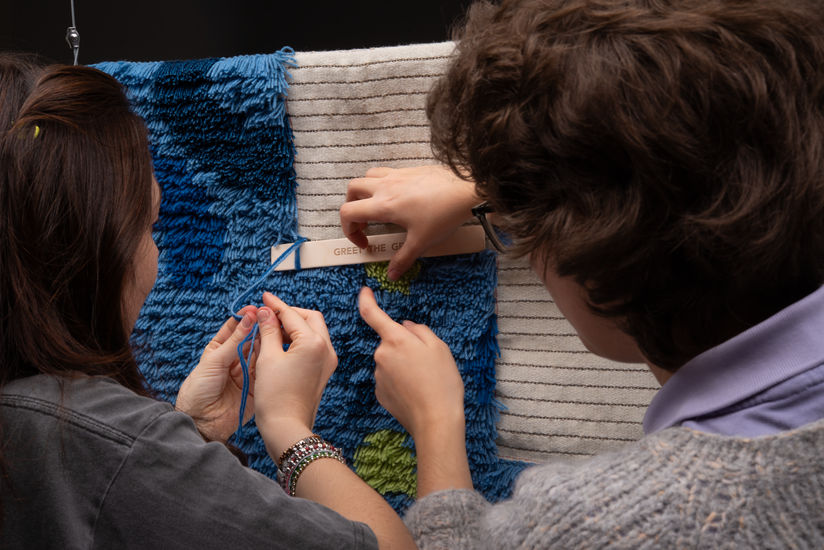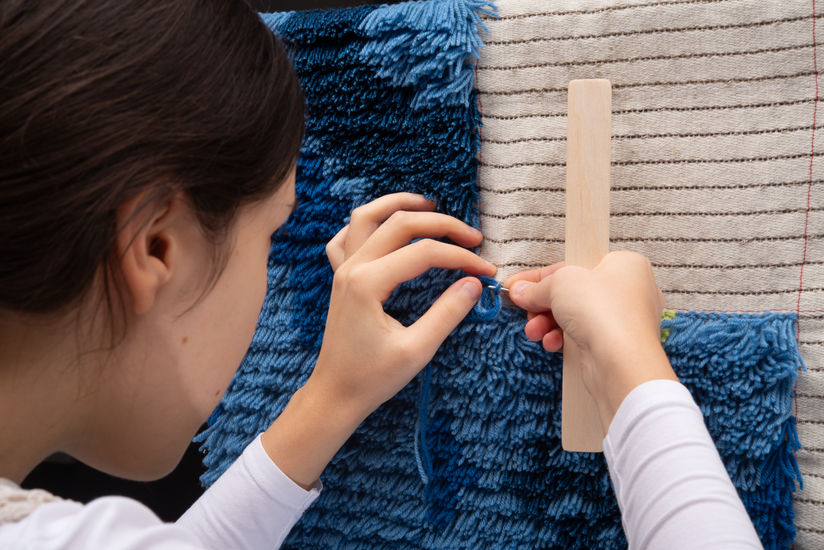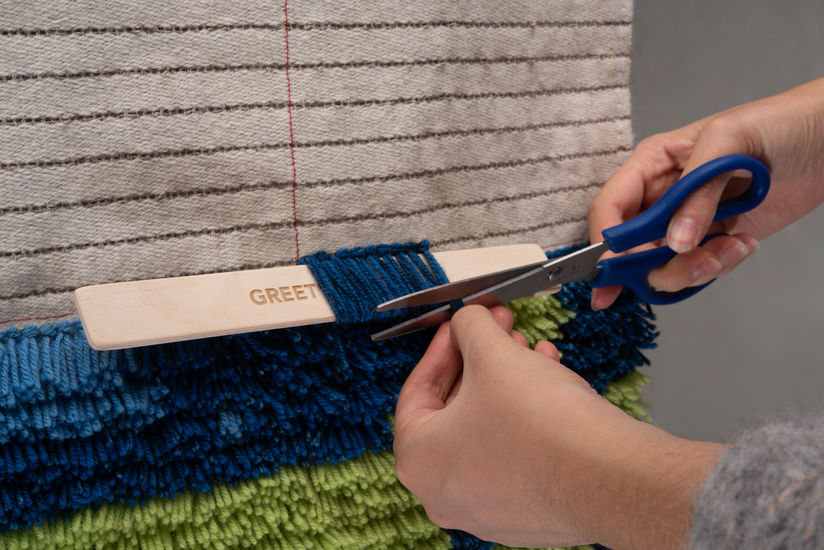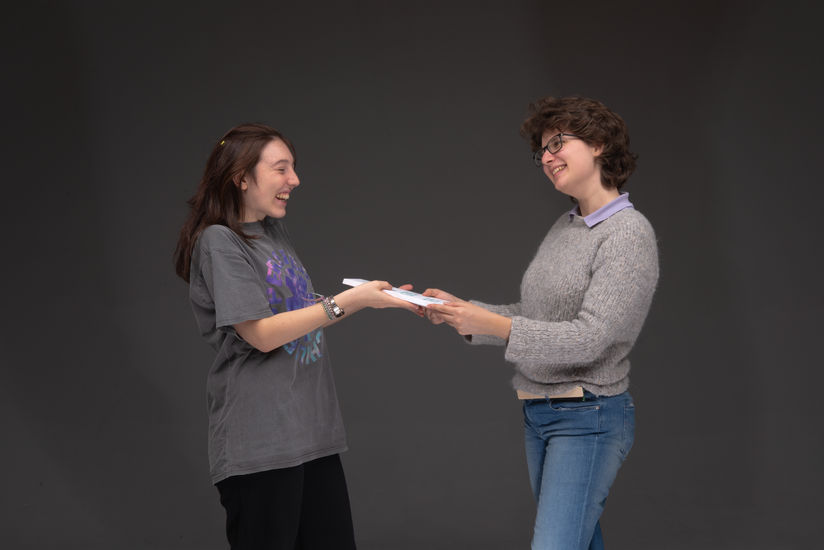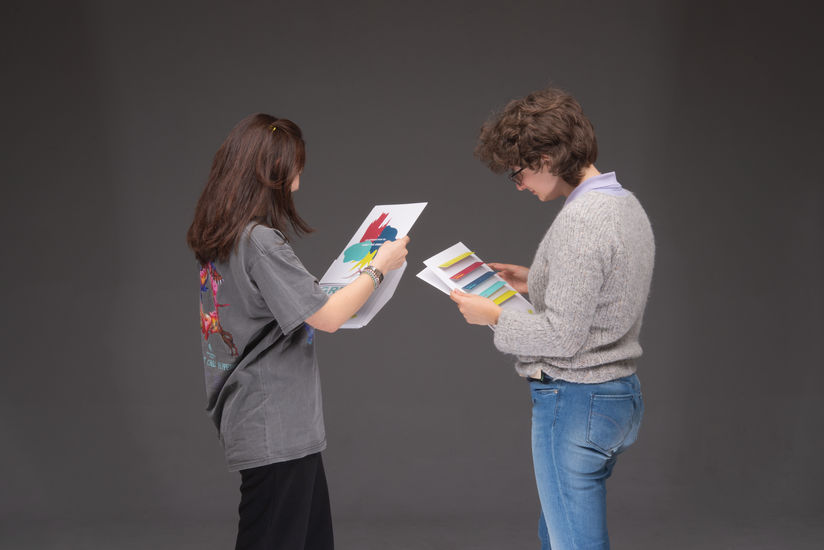Greet the Grief: Individual recovery through artisanal forms of personal and shared grieving
Katharina Mercedes Alexandra Schwab
“Greet the Grief” is a social design product, serving as a guideline for bereaved people through the phases of grief. Grief can be described as a dynamic, challenging journey, confronting one with fluctuating and intense emotions due to the sudden change in one’s environment and social role. Moreover, our Western fast-paced meritocracy predominantly prioritizes qualities like productivity, youth, happiness and good health, resulting in pressure to reach recovery. Furthermore, this everlasting fear has created a sense of taboo around the normal and common topic. Unfortunately, avoidance and shielding of these emotions is a common phenomenon, possibly leading to physiological reactions and development of pathological patterns.
“Greet the Grief” confronts this and stimulates open discourse by providing materials, encouraging creative expression. This will be achieved through the traditional, Finnish, slow craftsmanship “Ryijy”, the manual knotting of rugs. The slowness of creating, acts beneficial for the bereaved person due to its relaxing activity and potential therapeutic qualities. It gives one the needed space and time to gradually reach recovery. Furthermore, the regular and structured workflow may help in regaining a sense of security of control.
The product is divided into a handbook and a kit, embedded into the existing market. The handbook, containing three educational leporellos, deals with the confrontation and reflection of one’s emotions and memories of the deceased loved one. By sending an individualized questionnaire, regarding your Ryijy design, one will receive a personalized kit with materials to knot your own rug.

